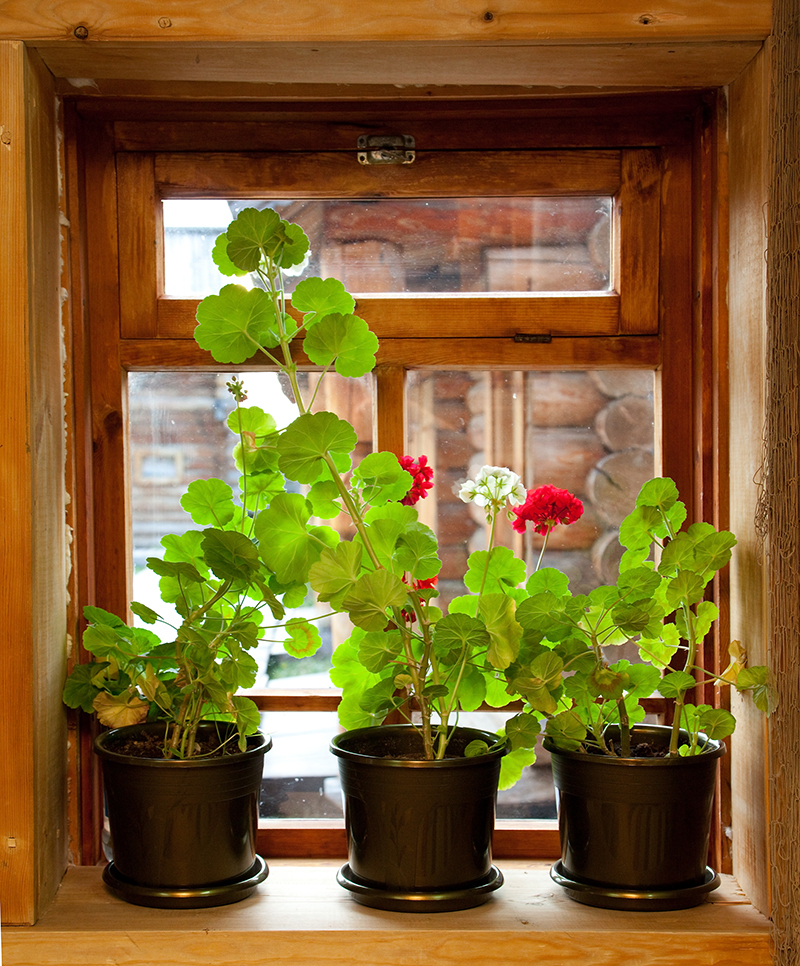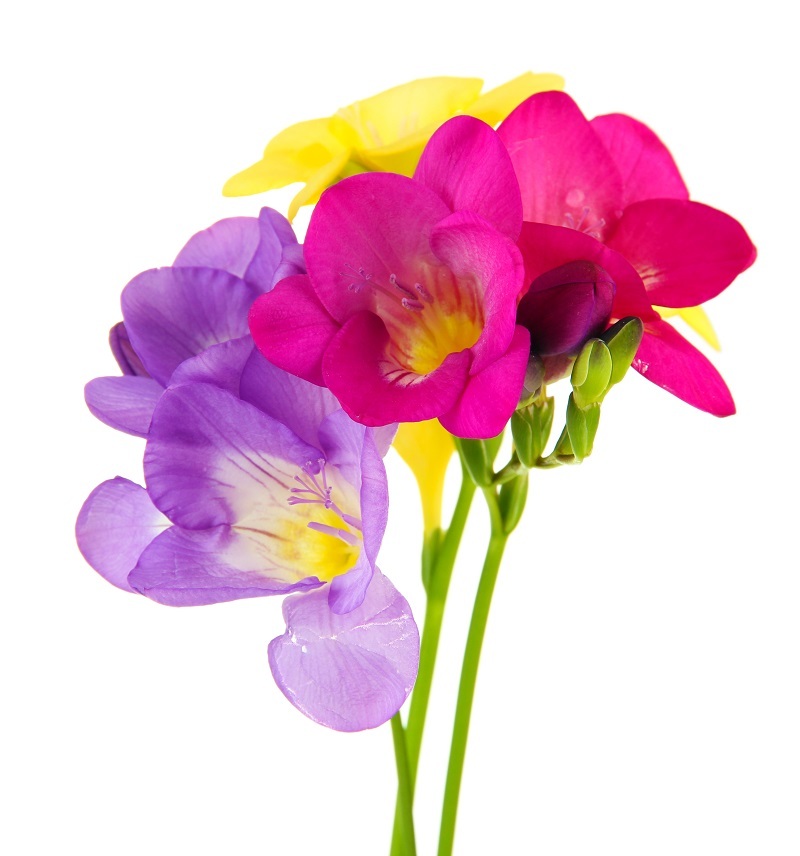Handy Tips for Long-Lasting and Gorgeous Orchids
Orchids--those stunning blooms known for their unparalleled elegance--can be the highlight of any home or garden. While they're sometimes considered finicky, with the right care and guidance, your orchids can thrive and bloom beautifully for years. If you're searching for handy tips for orchids to keep them long-lasting and gorgeous, you're in the right place. Discover the expert secrets that will keep your orchid collection flourishing and the blooms coming.

Understanding Your Orchid: The Basics
Before diving into the secrets of orchid longevity, it's crucial to understand the basics of these unique flowering plants. There are over 25,000 species and varieties, but the most commonly grown at home are Phalaenopsis (Moth Orchid), Cattleya, Dendrobium, and Oncidium species.
- Phalaenopsis: Excellent for beginners, these orchids bloom for several months and thrive indoors.
- Cattleya: Known for bold colors and lovely fragrances. Requires bright light and good air flow.
- Dendrobium: These versatile, long-stemmed orchids bloom for weeks and sometimes even months.
- Oncidium: Also called Dancing Lady Orchids, famous for their sprays of bright, cheerful flowers.
1. Choose the Right Orchid for Your Home
If you're new to growing orchids, select species that best fit your environment. Phalaenopsis orchids are the most forgiving and tolerate typical household conditions. They prefer indirect light, moderate humidity, and can adapt to varying room temperatures.
- If you live in a warm, bright space: Try Cattleya or Oncidium orchids.
- For cooler areas: Dendrobium and Paphiopedilum are ideal.
- Limited natural light? Invest in a quality grow light for your orchids.
Tip: Understand your orchid's native habitat and try to replicate those conditions as closely as possible.
2. Light--The Key to Vibrant Blooming
Proper lighting is among the most critical tips for healthy orchids. Orchids need ample light, but too much sun can scorch the leaves, while too little can inhibit flowering.
- Bright, indirect sunlight is best for orchids like Phalaenopsis and Cattleya.
- If leaves turn yellow or red, your orchid may be getting too much light.
- For dark, limp leaves: move the plant nearer to a window or add a grow light.
Best Window Placement:
- East-facing windows provide soft morning light and are ideal for most orchids.
- South or west-facing windows may require sheer curtains to filter harsh afternoon sun.
3. Orchid Watering Techniques
Improper watering is the leading cause of unhealthy orchids. Here's how to water for gorgeous and resilient plants:
- Water thoroughly, but infrequently. Allow the growing medium to dry slightly between waterings.
- Potting mix matters: Use a chunky bark-based or sphagnum moss mix that drains well.
- Never let orchids sit in standing water; this causes root rot!
- Use room-temperature, distilled, or rain water for best results. Avoid softened or chlorinated tap water.
How Often Should You Water Orchids?
- Most orchids need water every 5-10 days (in winter, even less).
- Check the roots or medium: If dry, water; if moist, wait.
4. Humidity: The Secret to Lush Orchids
Orchids hail from tropical regions, so adequate humidity is vital. Here's how to give your orchids the moisture they crave:
- Aim for 40%-60% humidity. Use a humidifier, or group plants together to create a microclimate.
- Set orchid pots on trays filled with pebbles and water (water just below the pot base; never touching roots).
- Mist leaves in the morning (so they dry by evening and prevent mold).
- Monitor humidity with a simple digital hygrometer.
5. Feeding and Fertilizing Orchids
To maintain long-lasting and gorgeous orchids, regular feeding is essential. But, over-fertilizing can do more harm than good.
- Use a balanced orchid fertilizer (20-20-20) diluted to half or quarter strength.
- "Feed weakly, weekly": Light feeding every week is safer than infrequent heavy doses.
- Skip feeding when the orchid is dormant (not actively growing or blooming).
- Flush pots with plain water monthly to remove excess salts.
Pro Orchid Tip: Alternate fertilizer with plain water to prevent buildup and leaf tip burn.
6. Proper Orchid Repotting for Longevity
Healthy roots mean healthy orchids, and repotting is essential for long-term vitality. Here's how to manage orchid repotting:
- Repot every 1-2 years, or when the medium breaks down and inhibits drainage.
- Choose a pot just large enough to hold roots, with plenty of drainage holes.
- Trim away dead, mushy, or dry roots with sterile scissors.
- Use a fresh orchid mix and avoid standard potting soil!
Best Time to Repot: Just after blooming, when new roots start to appear.
7. The Importance of Air Circulation
A little breeze can go a long way for healthy and beautiful orchids. Good air circulation prevents disease and strengthens plants.
- Open a window occasionally, or place a small fan near your orchids on a low setting.
- Don't overcrowd plants--leave space between orchid pots for air flow.
- This is especially important in humid conditions where fungal diseases can thrive.
8. Orchid Pruning for Prolonged Flowering
Pruning isn't just for shrubs and trees; it matters for orchids too! After blooms fade:
- Phalaenopsis: Cut the flower spike above a visible node ("eye" on the spike) if the stem is green. A new branch may emerge.
- If the stem is brown/dry: Trim at the base so the plant can focus on root and leaf health.
- Remove any dead or yellowing leaves promptly.
- Sterilize your scissors or pruners before and after use to prevent disease spread.
Regular pruning encourages new growth and keeps your orchid looking its best!
9. Orchid Pest Control and Disease Prevention
Unfortunately, even the best-cared-for orchids can attract pests. Here's how to keep your orchids healthy and pest-free:
- Inspect plants regularly for spider mites, mealybugs, scale insects, and aphids.
- Treat pests early with a cotton swab dipped in rubbing alcohol, or use insecticidal soap (always test first!).
- Fungal/bacterial issues show as black spots or rot. Remove affected areas, improve airflow and water from below (not on leaves).
- Quarantine new plants for two weeks to prevent infestation of your collection.
10. Seasonal Orchid Care Tips
Changing seasons require small but important adjustments to keep your orchids blooming beautifully year-round:
- Winter: Reduce watering and feeding. Provide supplemental light if days are short.
- Spring: Orchids often start new growth--resume regular watering and fertilizing.
- Summer: Watch for heat stress. Ensure good air movement, watch humidity, and protect from harsh sun.
- Autumn: Some orchids rest before blooming. Adjust watering and let them recharge for the next bloom cycle!
Common Orchid Care Mistakes--And How to Avoid Them
- Overwatering: Roots rot quickly if left soggy. Let the mix dry out between waterings.
- Using the wrong potting medium: Standard soil is too dense and suffocates roots. Always use an orchid mix.
- Neglecting pests: Catch problems early with regular leaf inspections.
- Ignoring light needs: Most orchids won't bloom without enough light.
Understanding these common pitfalls is the first step to ensuring gorgeous and long-lasting orchids in any space.
Expert Secrets for Truly Spectacular Orchids
- Mark your calendar for regular repotting and feeding schedules.
- Label your orchids--each species may have different needs.
- Join an orchid society or online group to share tips and troubleshoot problems.
- Monitor for signs of distress early--leaf color, root health, and flower drop are your clues.
- Photograph your orchids during blooming seasons--you'll track their progress and see improvement over time!
Did you know? Properly cared-for orchids can bloom for years, and some specimens live for decades!

Frequently Asked Questions About Orchid Care
How do I get my orchid to rebloom?
Provide the right mix of light, water, and a slight temperature drop at night. After the blooms drop, keep caring for the plant, and new flower spikes will emerge in the next growing season.
What's the best fertilizer for orchids?
A balanced orchid fertilizer (like 20-20-20) is ideal, but always dilute it. Look for slow-release versions for convenience.
Are orchids toxic to pets?
Most commonly grown orchids (like Phalaenopsis) are non-toxic to cats and dogs, though it's best to prevent pets from nibbling.
How long can orchids live?
With the right orchid care, individual plants can thrive and bloom reliably for 10-20 years or more!
Summary: Enjoying Stunning, Long-Lasting Orchids Year After Year
Growing beautiful, long-lasting orchids isn't magic--it's about understanding your plant's unique needs and practicing a few easy orchid care tips. By providing proper light, the right potting mix, correct watering, humidity, nutrition, and prompt attention to pests and diseases, you'll ensure that your orchids remain gorgeous and vibrant throughout their lives.
Incorporate these guidelines into your routine, and you'll enjoy the enchanting beauty of orchids blooming in your home or garden season after season. Happy growing!

